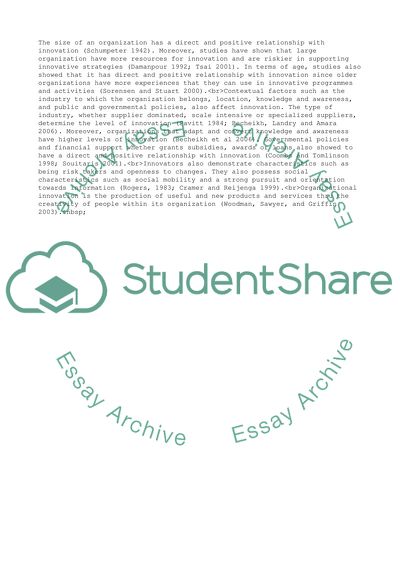Cite this document
(Innovative Organisations: Mohawk Industry Case Study - 1, n.d.)
Innovative Organisations: Mohawk Industry Case Study - 1. Retrieved from https://studentshare.org/business/1730762-innovative-organisations
Innovative Organisations: Mohawk Industry Case Study - 1. Retrieved from https://studentshare.org/business/1730762-innovative-organisations
(Innovative Organisations: Mohawk Industry Case Study - 1)
Innovative Organisations: Mohawk Industry Case Study - 1. https://studentshare.org/business/1730762-innovative-organisations.
Innovative Organisations: Mohawk Industry Case Study - 1. https://studentshare.org/business/1730762-innovative-organisations.
“Innovative Organisations: Mohawk Industry Case Study - 1”, n.d. https://studentshare.org/business/1730762-innovative-organisations.


